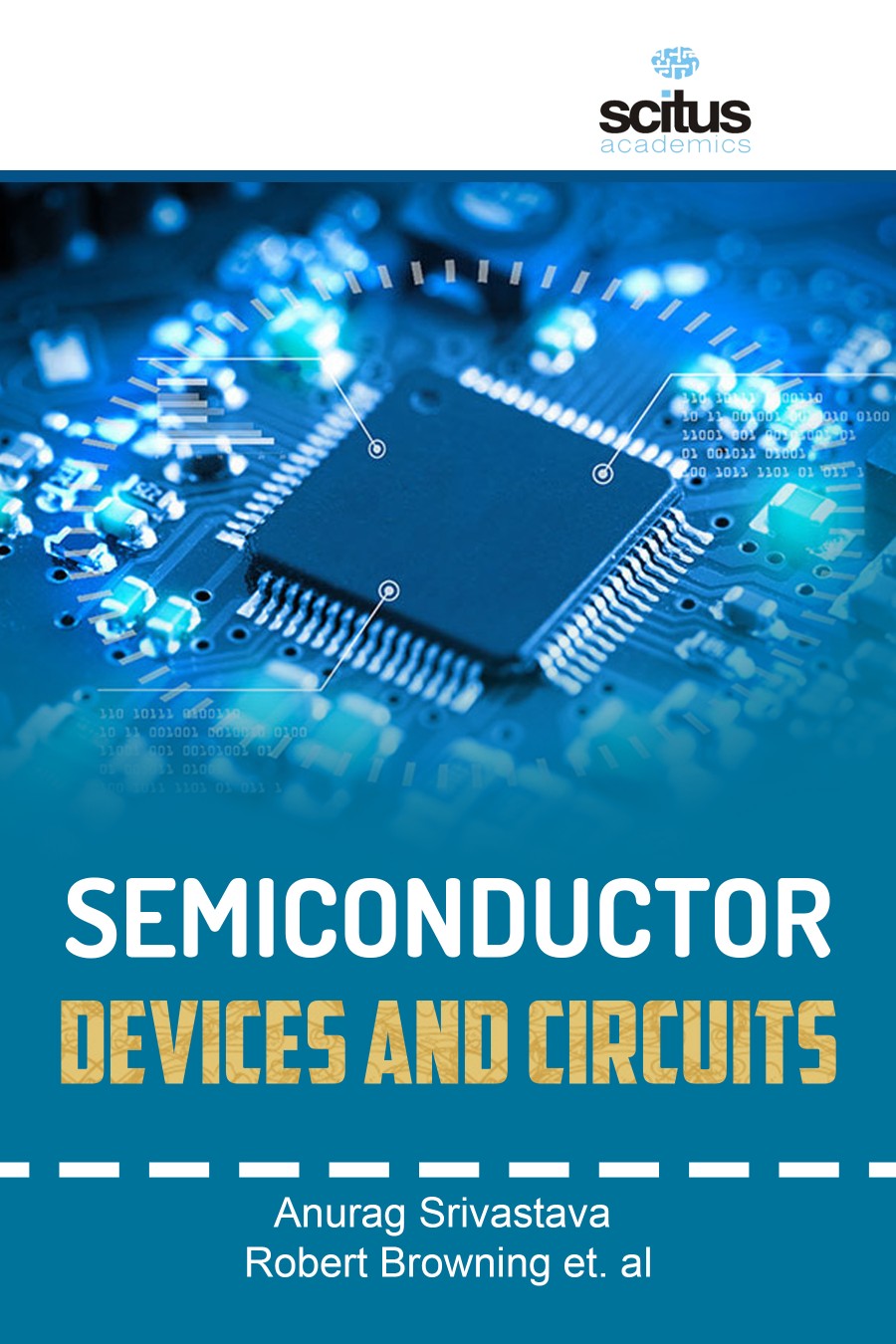Progress in semiconductor technology in typical products such as memories and microprocessors has enabled the electronics industry to achieve remarkable growth. The driving force behind the higher performance of electronic equipment has been the evolution of semiconductor technology, especially the higher density and higher speed made possible by finer-pattern processes. With a concerted drive toward technological development, we have been building up the infrastructure of our society in order to realize a better future. At present, one of the major technologies supporting such technological development is power electronics, which is widely used in almost every field of our daily life.
Semiconductor Devices And Circuits represents a unique collection of the latest developments in the rapidly developing world of semiconductor technology and applications. It deals with an efficient and validated time-domain numerical modelling of semiconductor based circuits. Recent trends in power semiconductor device technology that are leading to improvements in power losses for power electronic systems are reviewed. In the case of low voltage (<100 V) power rectifiers, the silicon P-i-N rectifier has been displaced by the silicon Schottky rectifier, and it is projected that the silicon TMBS rectifier will be the preferred choice in the future. A review of recently emerging semiconductor devices for nanoelectronics applications is given. For the end of the international technology roadmap for semiconductors, very innovative materials, technologies and nanodevices architectures will be needed. Silicon on insulator-based devices seems to be the best candidates for the ultimate integration of integrated circuits on silicon. The flexibility of the silicon on insulator-based structure and the possibility to realize new device architectures allow obtaining optimum electrical properties for low power and high performance circuits.
This book will be of considerable interest to engineers, scientists, technologists and physicists working in research and development in the field of semiconductors, as well as to young researchers who are at the beginning of their career. It will be of great value to postgraduate students, academics and anyone seeking to understand the advanced functionalities of semiconductors in the present scenario.













